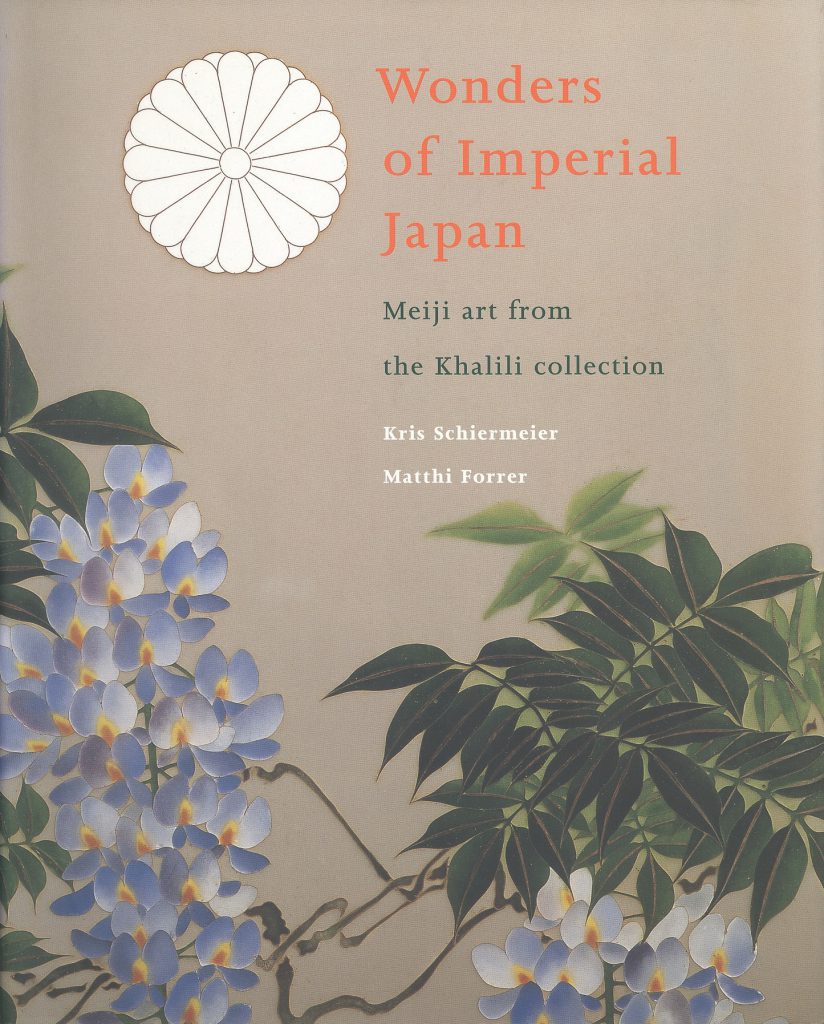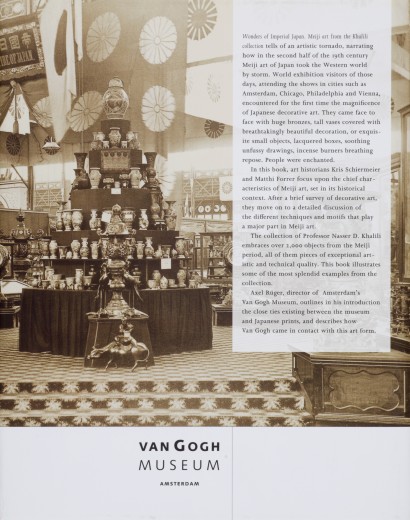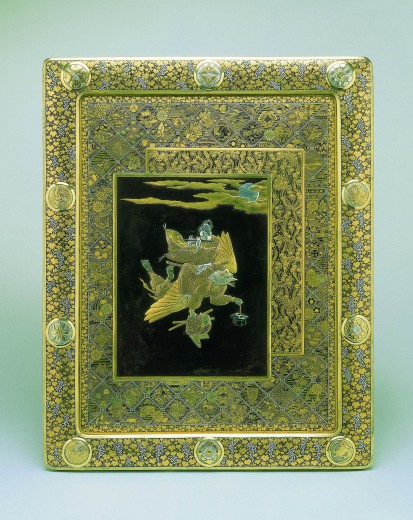


The Meiji period (1868–1912) was one of the remarkable developments in Japanese art. Meiji art was based on traditional Japanese forms, decorations and techniques, and to Western eyes it has a refinement and perfection bordering on the improbable. This exceptional Japanese craftwork, which can be seen in porcelain, lacquered boxes, vases, panels and cabinets, had an influence on several 19th-century artists, Vincent van Gogh among them. The Khalili Collection is the world’s largest and most-multifaceted treasure-trove of decorative Japanese art, with such works as bronzes by Suzuki Chokichi, earthenware by Yabu Meizan, ceramics by Makuzu Kozan, and cloisonné enamel by Ando Jubei. Contents include examination of the world exhibitions and the Japanese art
showcased in the West, porcelain, ‘Satsuma’ pottery, enamel, lacquer, metalwork, motifs used in Meiji art (seasons, mountains, rivers and bridges, historical and religious figures, myths and legends) and design manuals.
Kris Schiermeier – Director of the Japan Museum SieboldHuis, Leiden, the Netherlands
Matthi Forrer – Curator for Japanese Arts at the National Museum of Ethnology in Leiden, the Netherlands
Published by Waanders Publishers, Zwolle © Van Gogh Museum, Amsterdam; 128 pages; hardback; 31 x 25 cm; ISBN: 978-90-400-8225-2



Please register your email to download a pdf of this book.